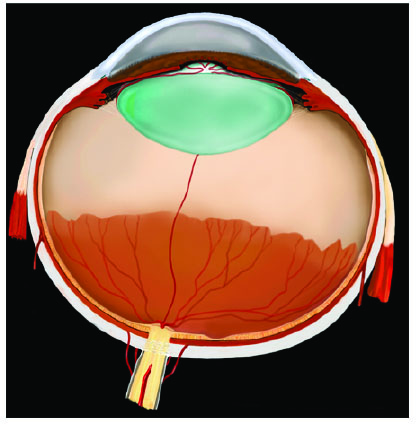 The first stage of ROP occurs when the blood vessels stop growing and form a line that separates normal from premature retina. The first stage of ROP occurs when the blood vessels stop growing and form a line that separates normal from premature retina.
|
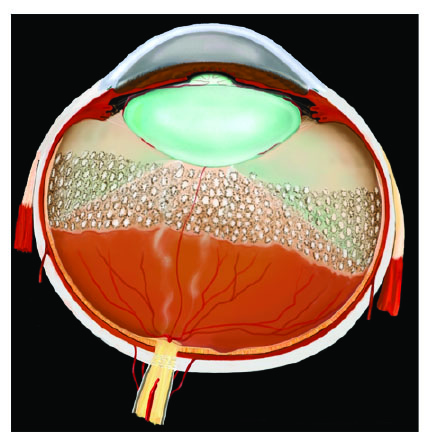 In favorable cases, treatment results in disappearance of the abnormal vessels with potentially good vision. In favorable cases, treatment results in disappearance of the abnormal vessels with potentially good vision.
|
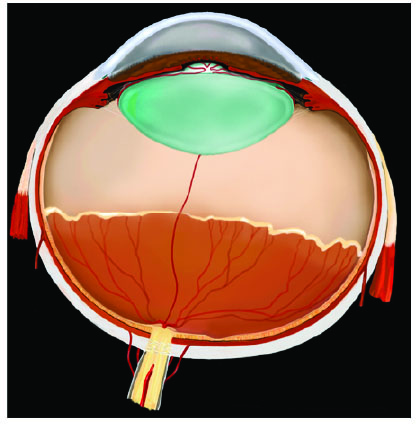 In the second stage, the line takes on substance and presents as an elevated ridge of tissue. In the second stage, the line takes on substance and presents as an elevated ridge of tissue.
|
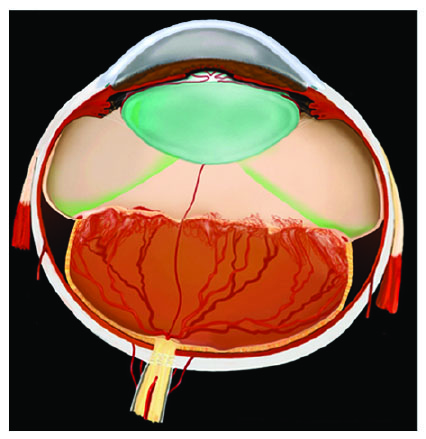 In some cases, the ROP continues to progress and the retina detaches. A partial detachment is stage 4A. If the center of vision is involved, it is 4B. In some cases, the ROP continues to progress and the retina detaches. A partial detachment is stage 4A. If the center of vision is involved, it is 4B.
|
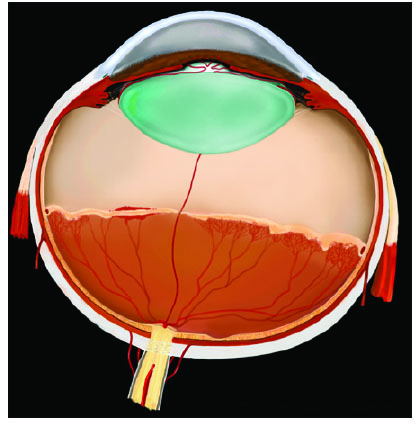 As the ROP advances, fragile new abnormal blood vessels grow toward the center of the eye (Stage 3). At this point, the eye is still capable of repairing itself. As the ROP advances, fragile new abnormal blood vessels grow toward the center of the eye (Stage 3). At this point, the eye is still capable of repairing itself.
|
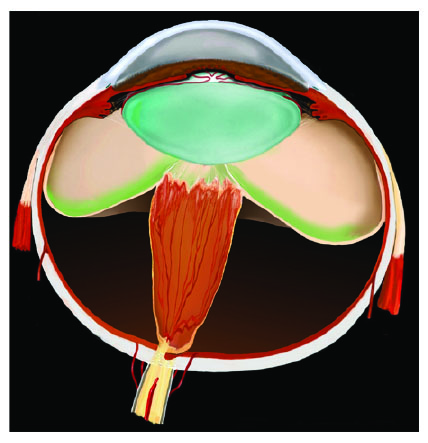 Left untreated, the retina can become totally detached, Stage 5. These eyes have very poor visual outcomes. Left untreated, the retina can become totally detached, Stage 5. These eyes have very poor visual outcomes.
|
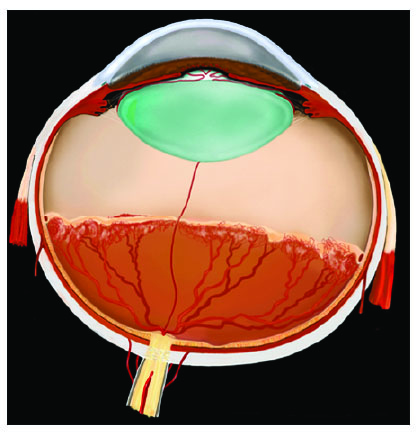 As Stage 3 advances, the normal vessels dilate, indicating that the ROP may not go away on its own. This is known as “plus disease.” As Stage 3 advances, the normal vessels dilate, indicating that the ROP may not go away on its own. This is known as “plus disease.”
|
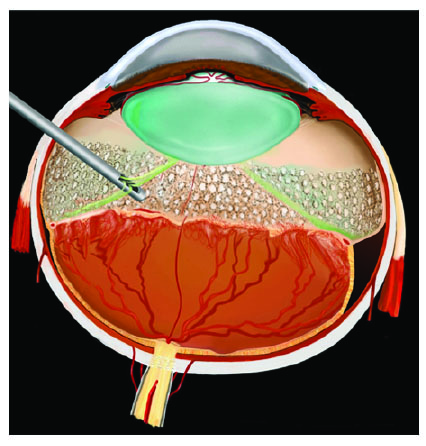 Removal of the vitreous tissue that fills the eye can relieve the traction which pulls the retina away from the wall of the eye. Removal of the vitreous tissue that fills the eye can relieve the traction which pulls the retina away from the wall of the eye.
|
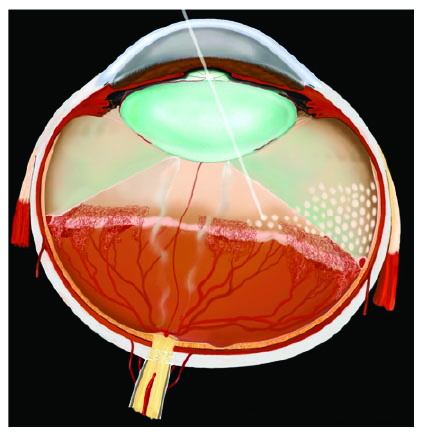 If enough retina has Stage 3 or so-called “plus disease,” then treatment is indicated. Laser treatment using light energy is shown. Eyes can also be treated with cryotherapy (freezing). If enough retina has Stage 3 or so-called “plus disease,” then treatment is indicated. Laser treatment using light energy is shown. Eyes can also be treated with cryotherapy (freezing).
|
If the retina detaches, removal of the vitreous (vitrectomy) and lens may be needed. Rarely, a band of silicone may be placed around the eye (a scleral buckling operation). |